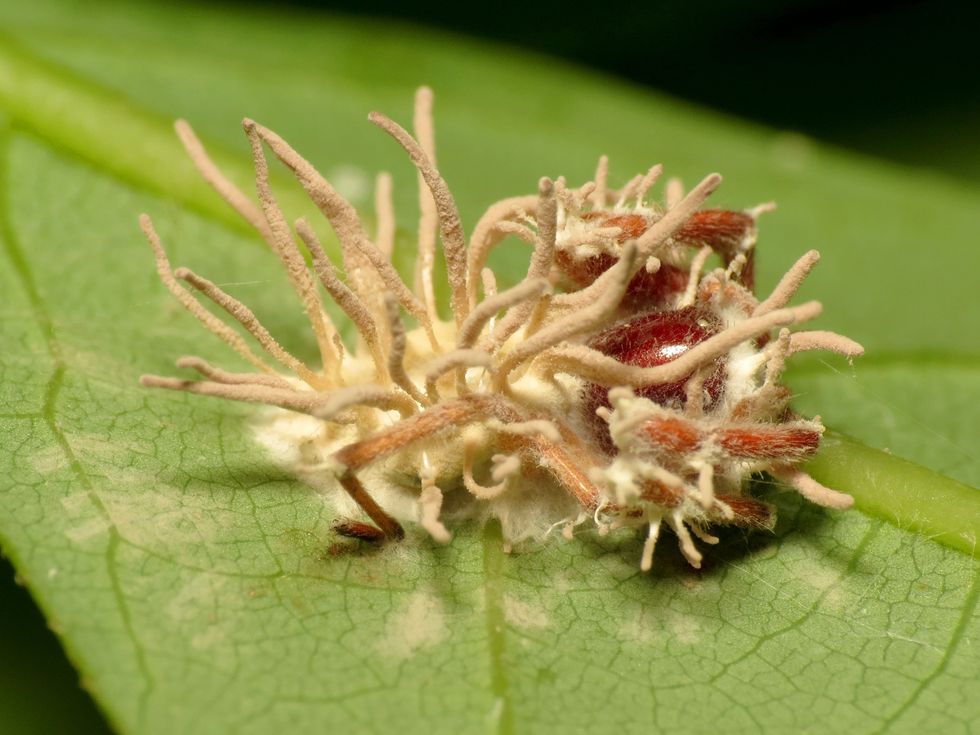A rare and terrifying “zombie” fungus that infects spiders has been discovered in Scotland, sparking interest due to its connection to the popular TV series “The Last of Us”.
The Gibellula fungus, part of the Cordyceps family, has only been recorded around 10 times in Scotland over the past 70 years.
This parasitic fungus, which inspired the apocalyptic storyline in the hit show, infects spiders and controls their behaviour before ultimately killing them.
The recent discovery has shed light on the rich biodiversity of Scotland’s temperate rainforests and the importance of wildlife observation and recording.
A rare and terrifying ‘zombie’ fungus that infects spiders has been discovered in Scotland, sparking interest due to its connection to the popular TV series ‘The Last of Us’ (stock image)Getty
The Gibellula fungus operates in a gruesome manner, infecting spiders through fungal spores and growing from within their bodies. It hijacks the spider’s movements, compelling them to act against their will.
“Gibellula seems to make spiders move to the underside of leaves, before sticking them there,” explained Ben Mitchell, the amateur naturalist who discovered the fungus.
This behaviour may protect the fungal spores from rain, allowing them to spread more easily to other unsuspecting spiders. The fungus eventually digests the spider whole, with stems breaking out of the body to disperse more spores.
This parasitic process has earned it the chilling “zombie” moniker, echoing the fictional cordyceps infection in “The Last of Us”.
LATEST DEVELOPMENTS:
The rare fungus was discovered by Mitchell during his work with the West Cowal Habitat Restoration Project in Argyll and Bute, Scotland.
“It’s been great to be part of this project, and I’ve found so many species. But my favourite by far has definitely been the Gibellula fungus,” Mitchell told The Times.
He added: “There have been around ten records of the Gibellula in Scotland over the last 70 years or so, and I can add two to that tally.”
These ancient woodlands, characterised by high rainfall and mild temperatures, harbour a diverse array of unique species.
The Gibellula fungus operates in a gruesome manner, infecting spiders through fungal spores and growing from within their bodies. It hijacks the spider’s movements, compelling them to act against their will
Wiki Commons Images/ Katja Schulz
The West Cowal Habitat Restoration Project, covering 45,000 hectares on the Cowal Peninsula, aims to revive and protect these vital habitats.
Volunteers have identified numerous rare and fascinating organisms, including colourful slime moulds, glowworms, and even jellyfish.
This rich biodiversity emphasises the importance of conservation efforts in these areas. Mitchell added: “It shows just how rich our temperate rainforest is, but also the importance of going out there and just looking and recording wildlife.”
Source Agencies





